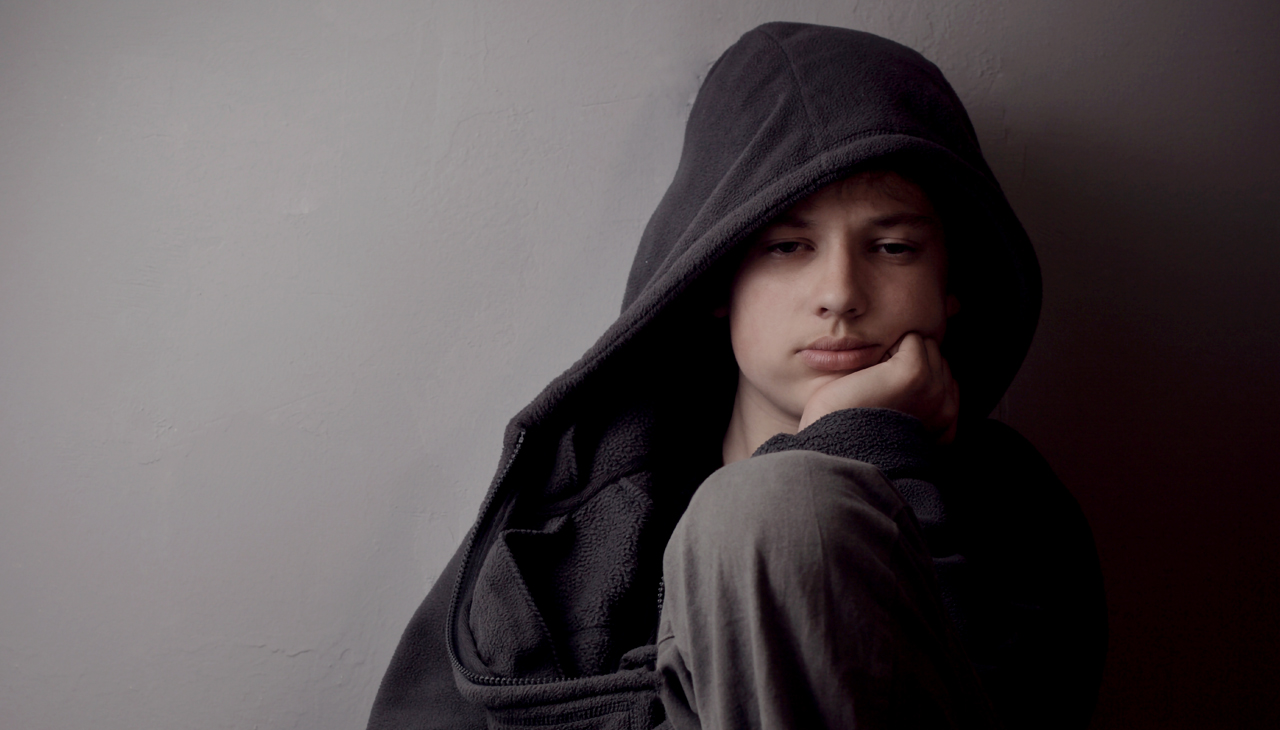
Hispanic dropout rates in Philadelphia: The Lost Generation
A snapshot has been taken of the young Latino males within the confines of Philadelphia County, exactly in inner city-North Philadelphia; what we see is horrifying.
The school dropout rates for Hispanics are the highest of all race and ethnic groups in America. The national dropout rates for 2009 were 18 percent for Hispanics versus, 5 percent for Whites and 10 percent for Blacks.
Yet in the Philadelphia School District, 51 percent of Latino boys never graduate. The study we publish this week tracked almost half of those young male dropouts aged between 18 and 24 years old and found them under control of the criminal justice system.
The study focuses on poverty, broken family structure, and drugs. When it comes to Hispanics experts also factor in their immigration status. Nationwide the dropout rate is 21 percent for foreign-born children, compared to 13 percent for children born in the US, according to Child Trends' Databank, a non-profit research foundation on education.
Nevertheless, while immigration is a factor, why don't w see the same phenomenon where Asians register a dropout rate of only 2 percent, less than half of Whites, and 4 times less than the national rate of 8 percent?
To divulge the tragedy of young Latino males in inner city Philadelphia is our duty. The feature "The Lost Generation" highlights the role of charter schools such as Aspira and Esperanza Academy, as well as community outreach programs that provide a glimmer of hope.
Inner city Latinos desperately need a bold change of mind and heart; what else can they change since they are born already into poverty, in crime riddled areas, and broken families.
For Hispanics nationwide, things have indeed changed dramatically since the late 1980s when dropout rates were as twice higher nearing 40 percent; in contrast North Philadelphia Latinos seem stuck in the hellish vortex of drugs and crime.
Role models, including ex-convicts who truly experienced a change of heart are working hard to change the tide of the following generation.
In part the change will also come from helping young Latino males of inner city Philadelphia see beyond the confines of Tioga, Kensington, and Fairhill, in North Philadelphia.
In the rest of the metropolitan area of Philadelphia we already see signs of a significantly healthier Hispanic community, with a greater spectrum of new immigrants from all of Latin America, wealthier, more educated, and with greater aspirations.









DEJE UN COMENTARIO:
¡Únete a la discusión! Deja un comentario.